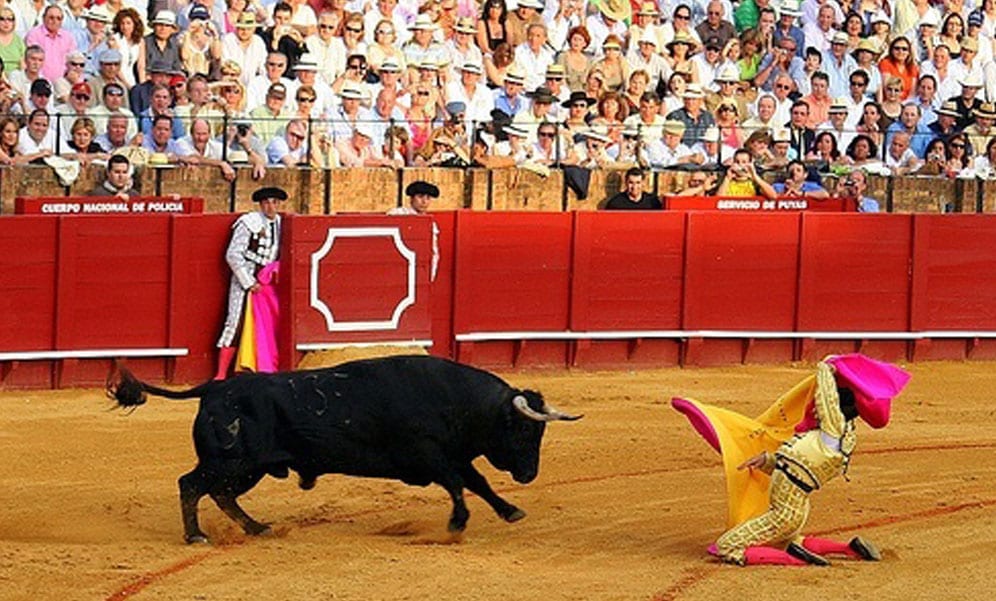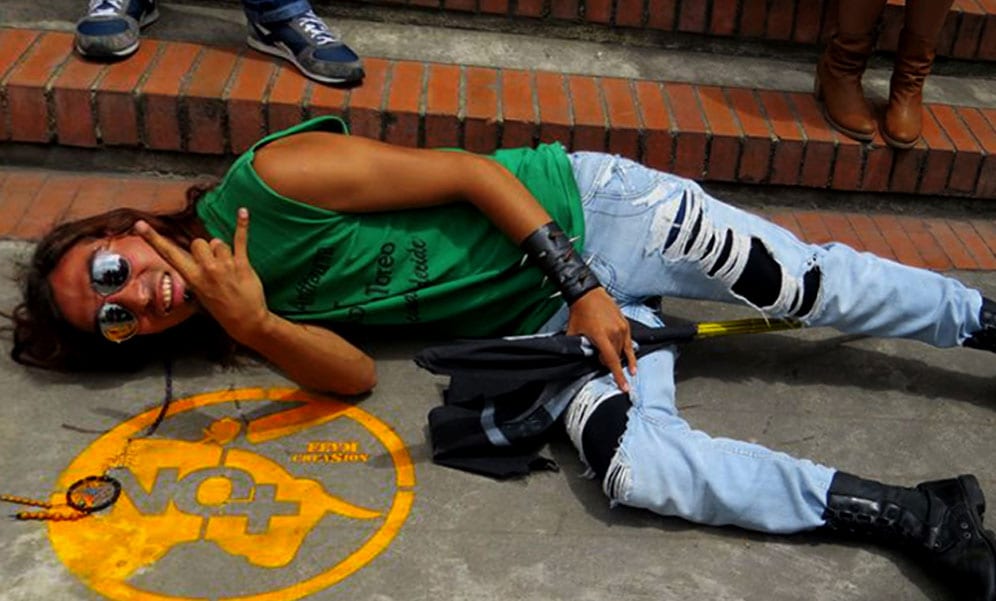The bullfighting topic is controversial itself and for me, due to personal reasons, much more. As I recall every time someone asks me why I go to bullfights I know it is politically incorrect but it is also a family tradition. Furthermore, some of my first childhood memories, those important memories in which grownups start to include kids in plans and you start to feel very important, those special moments that make the children feel very happy are precisely for me in the bullfight pit.
A family tradition
It is an acquired taste and interest, a family tradition that makes us understand how the cultural construct is passed on generation by generation because although it is not an appropriate spectacle for kids I can’t remember my self or any kid in my family saying or thinking that it was cruel or that poor animal that has to suffer.

I just tended to enjoy it. Eventually, I began to learn about it and build my bullfighting criteria and know if the bullfight I was watching was good enough or could be better.
However, people grow and the questions start to pop up. I got to understand that bullfights are a cruel act and most of all that it is unjustified that in the XXI century, people still boast about making the power struggle between animals and men a public show, just as in times of the Roman Circus.
A show for the people
It is also true all what they say that these are animals that are trained to fight with the bullfighter, that the cattle’s death in the slaughterhouses in which animals are sacrificed to turn them into the meat that we eat daily is also questionable and extremely cruel, but the thing with the bullfights, animal the suffering became an open-public show. This made us question the interest in this particular tradition.
In this new scenario full of questions and moral doubts I have relatives who also grew up in a bullfight pit who are unable to attend a bullfight these days. They can’t seem to resist seeing the expressions of suffering and they believe that in some ways is inconsistent to watch and protect their pets as if they were human beings, defend and practice pet adoption, and at the same time pay and go to a spectacle in which the animals suffering is evident and permanent.

Although the suffering bothers me too I do like the atmosphere in the bullfight pit, the horses, the bullfighters’ bravery, the pasodobles that tune in the background, the food, the drinks the colors around the bull fight pit and all the infinite traditions that are woven around the place. Not necessarily what happens in the death time.
Each coin has two sides and bull fighting is not an exception.
Duality
I clearly understand where the activist’s fight begins. They are trying to protect animal’s right to life. I also understand that every cultural manifestation must have both supporters and enemies in order to exist and survive. I understand that the activist’s cause is a struggle for the respect of an animal’s life. I understand that for them the bullfight prohibition is a huge success.
But I also understand and know for a fact that there are lots of people, entire groups that not only enjoy bullfighting but also benefit from this industry –like it or not it is an industry that generates incomes, jobs, clients, providers and they offer a specific service-.

Those who defend them also have solid and recognized arguments, especially from different legal frameworks, for asking that governments let them continue with their cultural expression and that antique tradition.
Bogotá
In 2012, Bogotá joined and became part of a group of places that has banned bullfighting by law. Bogotá’s mayor, perhaps the most controversial one in years, and who has been deposed unsuccessfully several times, decided in a demagogic act, such as most of his government actions, to forbid bullfighting in the city’s bullfight pit. He argued that it belongs to the district and that as he is the city´s manager he can also decide how to manage the availability of that place.
It sounds kind of logical but what happens when most of the global constitutions advocate mainly for the freedom of expression and the right to self-personality? Aren’t those Human Rights? The right that these people have to go to different places and have different types of cultural expressions in the place they live is being violated. The local government is not watching the interests of the minority cultural groups as they should.

The Constitutional Court, the government’s body in charge of the compliance, guarantee offers and the proper operation and following of the National Constitution ruled that in fact. This ban was against the free development of personality and they also argued that no Mayor or governor was empowered to prohibit any cultural manifestation to the citizens. Moreover, the Fiesta Brava is considered an artistic manifestation, and the Constitution also states the “Citizens’ free will to chose and develop artistic manifestations”. Finally, after The District interposed several legal resources that all failed and after the Mayor fought fondly and did everything that occurred to him, in August 2013 the Court ruled that bull fight should return to a public spectacle in Bogotá.
Today, almost two years after this whole thing began, the bullfight pit is still closed and the local government continues to ignore the mandate. This mayor has proved that he does whatever he wants to do. At first, he said that the Plaza was going to be a cultural space in which encounters between writers poets, and students would happen to encourage literacy manifestations. That never happened. Then he argued that it was impossible to enable the place due to the structural serious damages that it has and posed danger. As a result, they gave him a specific time frame for fixing them, theoretically, he assigned a public contract for the repairs and neither on that side, the city has seen the green light yet.
Political interests
Now, a few months away from the next mayor elections in Colombia, and casually when his popularity and acceptance rates are lower than ever, he reappears with the bullfighting subject and he not only proposes but also makes the City Council approve him an anti-taurine referendum. It means that the citizens would decide if bullfights return or not to Bogotá.

Truthfully, this is a legal resource endorsed by the Constitution. Citizens have the right to plan and execute public referendums in order to decide on laws and crucial issues. But in this specific case, there are some strong points that make us doubt about the legitimacy of the proposal.
Why does this subject appear precisely near to electoral times, could it be that the ruling Lord is trying to raise his favorability and he chose a topic in which he knew he would find many followers? Why did the referendums that were scheduled for consulting the revoke of his government or the ones that tried to legitimate the ruling decrees that ousted him never get to happen? Is it worth it for a country with a whole wide of resource limitations, to invest a large amount of money on a survey that is not crucial to the city while other essential issues such as health and educational coverage or mobility or security problems seem to be completely neglected? No one knows for sure.
The only thing that is certain is that with those invested resources they could pay many scholars places or address several priorities and yet, in Bogotá, the last and final word about bullfighting would be in the citizen’s hands. Let’s hope at least that the characteristic abstention would not reign and therefore, all that money would be bounced away.


